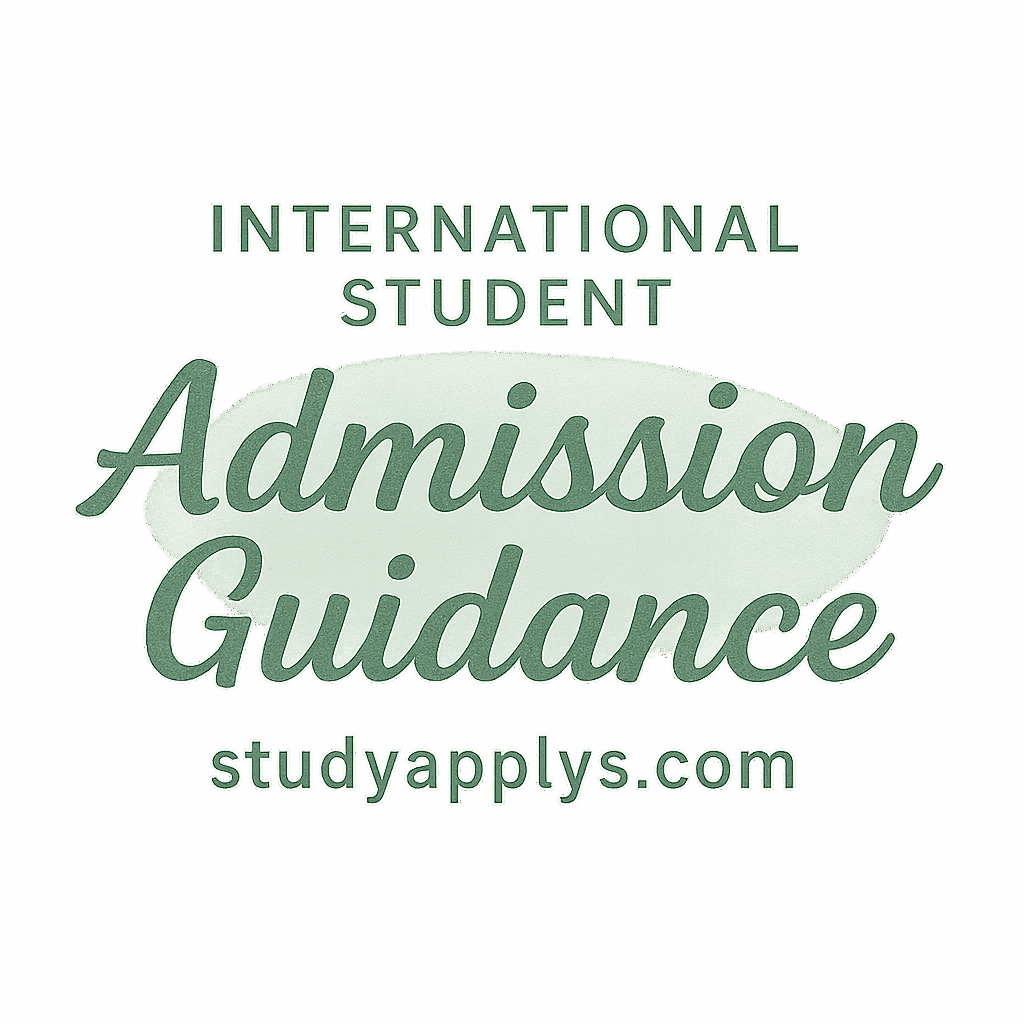Introduction: You’ve Arrived. Now What?
So, you’ve finally landed in your study destination. You’ve probably survived a long flight, maybe a bit of jet lag, and the emotional rollercoaster of saying goodbye. But here’s the thing—your journey isn’t over. The real student admission guidance journey starts now with post-arrival immigration steps.
These steps can be a little intimidating, especially if you’ve never lived abroad before. But don’t worry—we’re going to break it all down for you in plain, simple language. From visa rules to setting up a bank account, this guide has got your back.
Let’s get you settled in, the right way.
Step 1: Register with Your University’s International Office
Why This Step Matters
Your university’s international office is basically your home base for anything immigration-related. They track your visa status, help you stay compliant, and even alert you if you’re missing key paperwork.
Without registering, you could risk falling out of legal status or miss important services like academic support and orientation programs.
What You’ll Need
To register, bring the following:
- Your passport (with visa stamp)
- I-20 form (for U.S.), CAS (UK), or equivalent
- Proof of address (temporary or permanent)
- Admission letter
- Health insurance documentation
Tips to Make it Smoother
- Book an appointment early—slots fill up fast.
- Be honest if you’re still sorting accommodation—they can help!
- Take digital and printed copies of everything.
👉 For more prep help, visit Application Preparation and Documentation Requirements.
Step 2: Apply for a Social Security Number (SSN) or National ID
What Is It and Why Is It Needed?
Whether it’s a Social Security Number (U.S.), National Insurance Number (UK), or Tax File Number (Australia), you’ll need it to:
- Get a part-time job
- Open a bank account
- File taxes
- Access government services
Documents You Need
Typically:
- Valid visa and passport
- Enrollment verification letter
- Local address proof
- Work authorization (if applicable)
Where to Apply
You usually apply through:
- Local government offices
- Student employment offices
- Online portals (in some countries)
Still not sure where to start? Explore Post Admission Steps for detailed support.
Step 3: Complete Local Police or Immigration Registration
Country-Specific Requirements
In countries like Germany, France, and the UK, international students must register with local authorities within a certain number of days (usually 7–30 days) of arrival.
Failing to do this may lead to fines or, worse, visa cancellation.
How to Prepare for Registration
- Research deadlines before landing.
- Prepare rental contracts or host letters.
- Take passport-sized photos and multiple copies of your documents.
Still overwhelmed? Get help from Visa & Immigration support or dive into the Immigration Tag.

Step 4: Set Up a Bank Account in Your Host Country
Choosing the Right Bank
Look for:
- Student-friendly accounts with no monthly fees
- Online banking options
- English-speaking support
Required Documents
- Passport and visa
- Proof of university enrollment
- Proof of address (can be your dorm)
- National ID or SSN
Pro Tips for Students
- Some banks offer sign-up bonuses for students—grab them!
- Avoid international ATM fees—choose a bank with partner branches back home.
For more international student tips, check out the International Students section.
Step 5: Secure Health Insurance and Know Your Medical Rights
Mandatory vs Optional Insurance
Some countries require international students to buy specific insurance. Others may allow you to use private coverage.
Always verify with your school’s international office before choosing a plan.
Know the Clinics You Can Use
Most universities have:
- Campus health centers
- Partnerships with local hospitals
- Free or discounted mental health support
Emergency Tips
- Always carry a copy of your insurance card.
- Know the emergency number of your country (e.g., 911 in the U.S., 112 in Europe).
- If you need translation help, campus services usually offer interpreters.
Explore more advice through the Student Admission Guidance and Preparation Tag.
Step 6: Update Your Visa Status and Maintain Compliance
Staying in Legal Status
Failing to comply with your visa terms can lead to serious consequences, including deportation.
Stay compliant by:
- Not exceeding allowed work hours
- Keeping a full-time course load
- Reporting address changes
Understanding Visa Conditions
Each country has its own rules. For example:
- The U.S. requires SEVIS updates.
- Canada asks for enrollment verification.
- The UK tracks attendance.
Use the Visa Process tag to stay informed on changing regulations.
When and How to Renew
Most student visas are valid for the program duration. However, if you switch programs or need an extension:
- Start the renewal process at least 60 days before expiry.
- Submit updated I-20/CAS and transcripts.
- Pay any renewal fees.
Need help prepping? Visit Test & Language Prep or explore Credential Evaluation.
Other Helpful Resources and Internal Links
Where to Learn More
Here’s your curated list of must-visit resources to make your post-arrival journey easier:
- https://studyapplys.com – Your go-to hub
- Application Preparation
- Documentation Requirements
- Post Admission Steps
- Visa & Immigration
- International Students
- Tips
- Guide
Conclusion: Settling In and Succeeding Abroad
Getting through the airport isn’t the end of your student admission process—it’s just the beginning. By following these 6 post-arrival immigration steps in student admission guidance, you’ll not only stay legal but also set yourself up for academic and personal success.
From registering with your university to updating your visa and setting up your life abroad, each step builds the foundation for your new chapter. So take a deep breath, bookmark this guide, and go step by step.
Remember, every student once felt as lost as you might now. But they made it—and so will you.
FAQs
1. Do I have to register with local police in every country?
Nope. Only certain countries require this. Check with your university’s international office as soon as you arrive.
2. Can I work while studying abroad?
Usually, yes. But it depends on your visa type and the country’s labor laws. Always double-check before applying for jobs.
3. What if my visa expires while I’m still studying?
Start your visa renewal early! Check the Post Admission Steps section for timelines and documents.
4. What’s the fastest way to get a student bank account abroad?
Bring all your documents to a student-friendly bank branch. Some even allow pre-registration online.
5. Is health insurance mandatory for all international students?
Most countries require some form of health coverage. Visit Visa & Immigration for country-specific info.
6. What happens if I don’t update my address with immigration?
That could violate your visa conditions, possibly leading to legal trouble. Always notify immigration services when you move.
7. Can I get help preparing my visa or interview before I arrive?
Absolutely! Visit Application Tips and Mock Interview for pro guidance.

